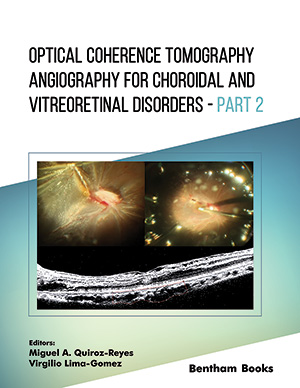Abstract
Background: Human pluripotent stem cell (hPSC)-derived kidney organoids may contribute to disease modeling and the generation of kidney replacement tissues. However, the realization of such applications requires the induction of hPSCs into functional mature organoids. One of the key questions for this process is whether a specific vascular system exists for nephrogenesis. Our previous study showed that short-term (2 weeks) implantation of hPSC-derived organoids below the kidney capsules of unilaterally nephrectomized and immunodeficient mice resulted in the enlargement of organoids and production of vascular cells, although signs of maturation were lacking.
Methods: Organoids were induced for 15 days in vitro and then grafted below kidney capsules of the same unilaterally nephrectomized immunodeficient mouse model to examine whether medium-term (4 weeks) implantation could improve organoid maturation and vascularization, as evaluated by immunofluorescence and transmission electron microscopy.
Results: We demonstrated that after 2–4 weeks of implantation, renal organoids formed host-derived vascularization and matured without any exogenous vascular endothelial growth factor. Glomerular filtration barrier maturation was evidenced by glomerular basement membrane deposition, perforated glomerular endothelial cell development, and apical, basal podocyte polarization. A polarized monolayer epithelium and extensive brush border were also observed for tubular epithelial cells.
Conclusions: Our results indicate that the in vivo microenvironment is important for the maturation of human kidney organoids. Stromal expansion and a reduction of nephron structures were observed following longer-term (12 weeks) implantation, suggesting effects on off-target cells during the induction process. Accordingly, induction efficiency and transplantation models should be improved in the future.
Keywords: Kidney, organoids, induced pluripotent stem cells, implantation, stromal expansion, polarization.
[http://dx.doi.org/10.1016/S0140-6736(14)61601-9] [PMID: 25777665]
[http://dx.doi.org/10.3390/toxins10060237] [PMID: 29895722]
[http://dx.doi.org/10.1016/j.ydbio.2016.08.024] [PMID: 27565022]
[http://dx.doi.org/10.1038/nprot.2016.170] [PMID: 28005067]
[http://dx.doi.org/10.1038/s41419-019-1453-0] [PMID: 30814510]
[http://dx.doi.org/10.1002/stem.2852] [PMID: 29770526]
[http://dx.doi.org/10.1016/j.semnephrol.2014.06.011] [PMID: 25217273]
[http://dx.doi.org/10.1038/srep38353] [PMID: 27982115]
[http://dx.doi.org/10.1016/j.stemcr.2018.01.041] [PMID: 29503086]
[http://dx.doi.org/10.2460/javma.230.11.1653] [PMID: 17542732]
[http://dx.doi.org/10.1177/1470320317734082] [PMID: 28988519]
[http://dx.doi.org/10.3892/etm.2020.8844] [PMID: 32742364]
[http://dx.doi.org/10.1007/s004670050244] [PMID: 9090649]
[http://dx.doi.org/10.1634/stemcells.2005-0265] [PMID: 16410390]
[http://dx.doi.org/10.4161/org.1.1.1008] [PMID: 19521554]
[http://dx.doi.org/10.1186/s13073-019-0615-0] [PMID: 30674341]
[http://dx.doi.org/10.1016/j.stemcr.2018.06.018] [PMID: 30033089]
[http://dx.doi.org/10.1159/000457967] [PMID: 28319949]
[http://dx.doi.org/10.5301/JN.2011.7426] [PMID: 21500184]
[http://dx.doi.org/10.2215/CJN.08880914] [PMID: 25632105]
[http://dx.doi.org/10.1242/dev.104802] [PMID: 26015537]
[http://dx.doi.org/10.1681/ASN.2015010096] [PMID: 26586691]
[http://dx.doi.org/10.1002/advs.202103526,]






























